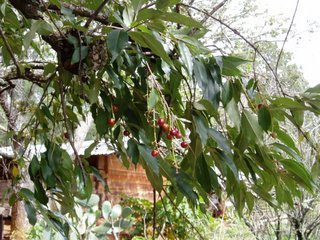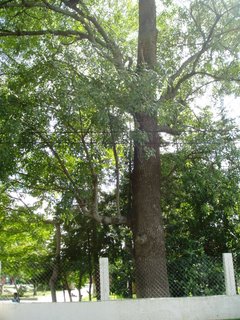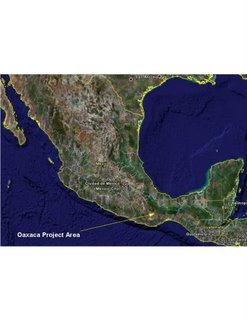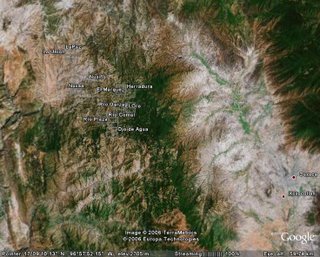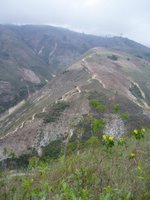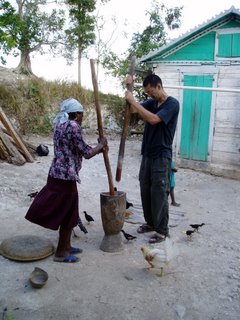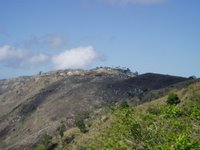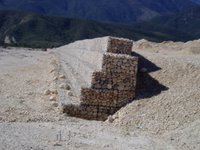If you're like me and you dabble in car repair, and you've discovered that the repair manuals say nothing about how to get your passenger door unstuck, and you've finally resorted to a last-ditch internet search, I hope this helps. I was just about to give up myself, and then stumbled on the fix by accident.
First, the tools you might need:
-a multi-head screwdriver
-a pry-bar or regular screwdriver, or something that will reach the lock mechanism
-somekind of rust-release compound (WD40, Liquid Wrench, etc, there are a dozen of these to choose from in the automotive section at Canadian Tire)
-a light!
Step 1: Tip the seat back to give yourself as much room as possible

Step 2: Remove handle or anything else
that is holding the interior panel

Step 3: Gently pry interior panel away from door


Step 4: Gently separate plastic liner from door frame, lock mechanism should now be visible with a flashlight

Step 5: Spray rust release compound on lock mechanism from every possible angle.
Step 6: Work door lock and handle from both inside and outside

Step 7: If this does not release the lock, (very!) gently pry on mechanism.
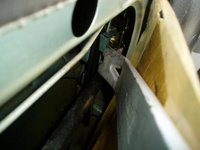
Step 8: Open the door! (hopefully)

Step 9: Replace plastic liner, door panel, and handle. Note: Take care when aligning the plastic plugs with liner, and holes in door frame as shown.
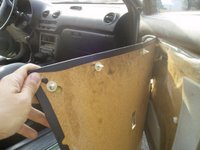
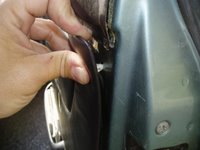
The whole process took me about 3 hours, but that was because I spent alot of time trying all kinds of ways to free up the lock that didn't work. If I had to do it now, it would probably take a half an hour at most. Anyhow, it's a pleasant way to spend a sunny Sunday afternoon, and when that door actually opens, it's a whole lot more satisfying than any trip to the dealership ever was!





























